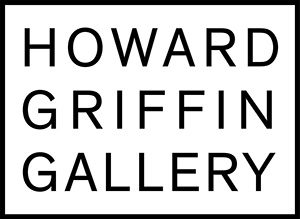Perception
Mehdi Ghadyanloo
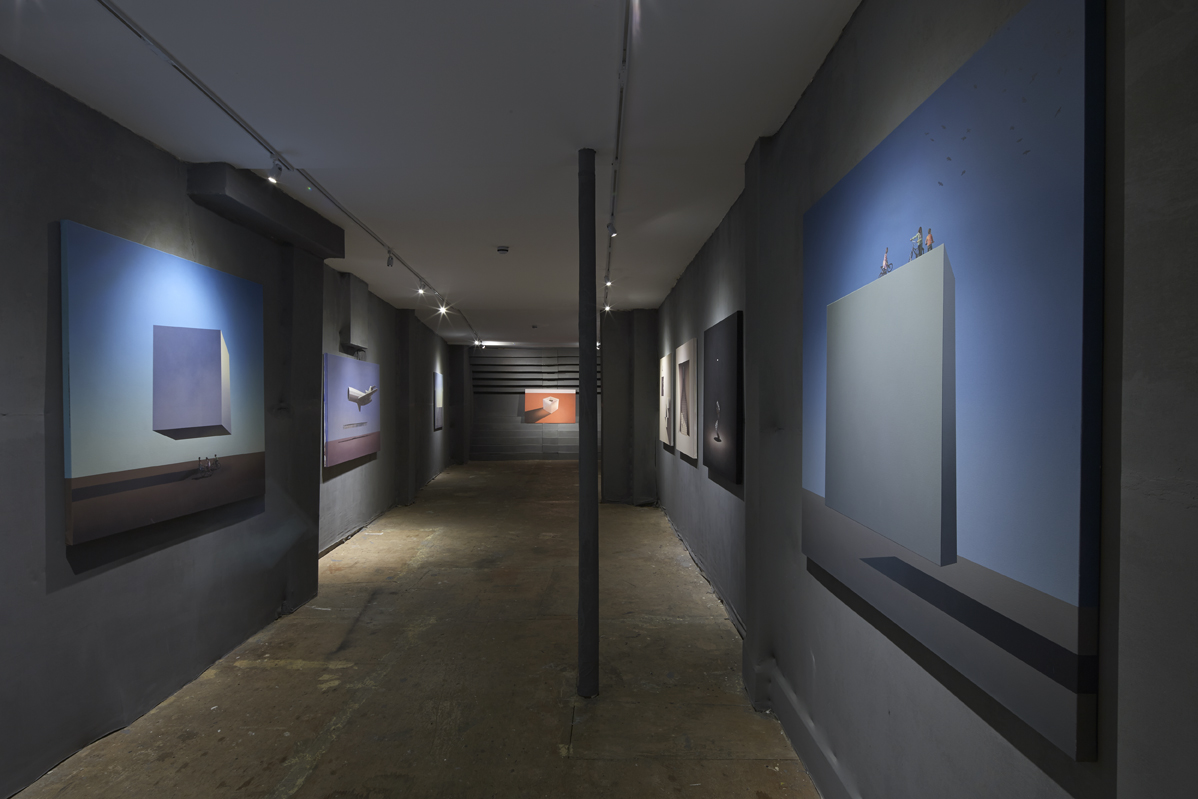

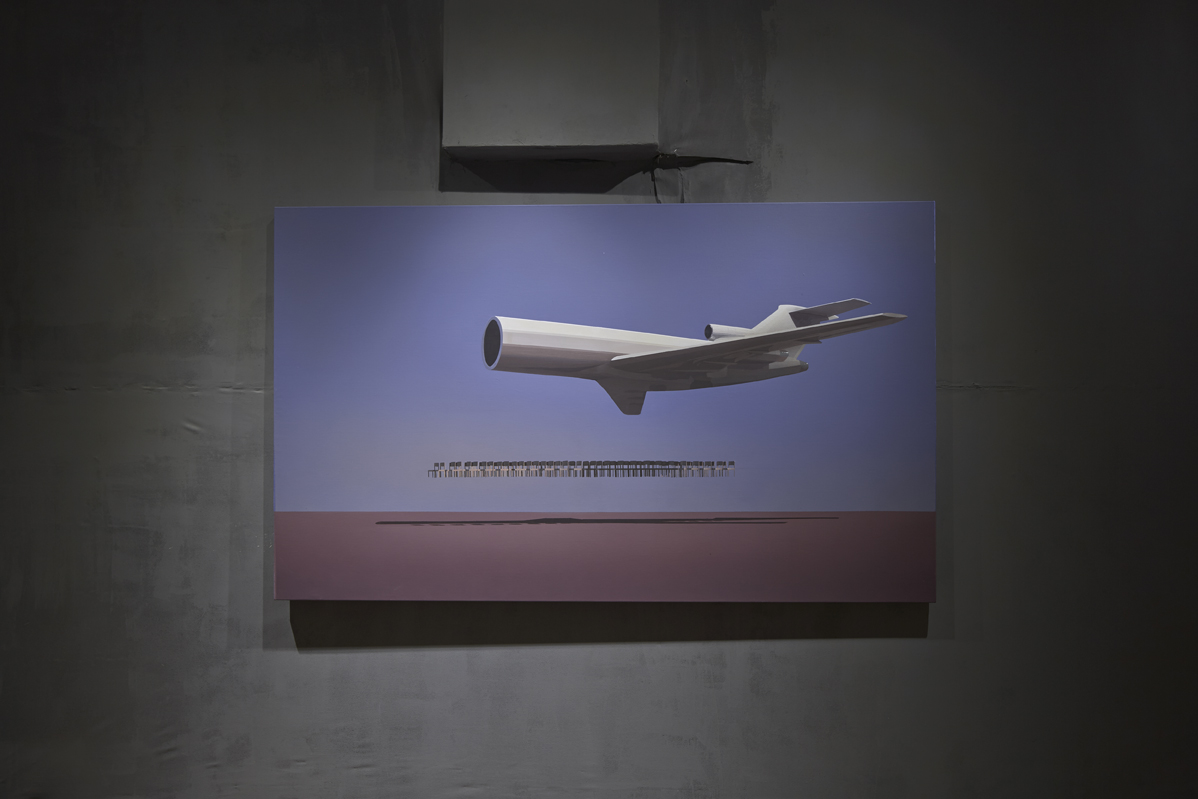
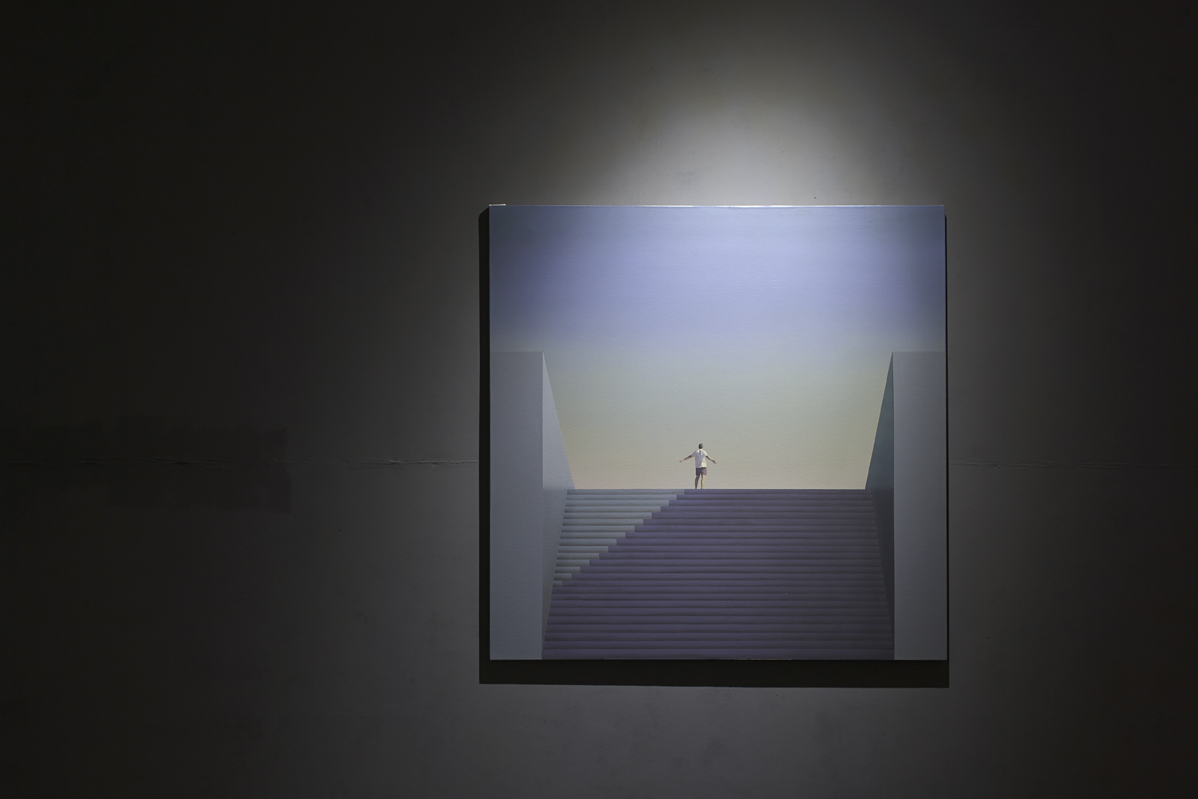
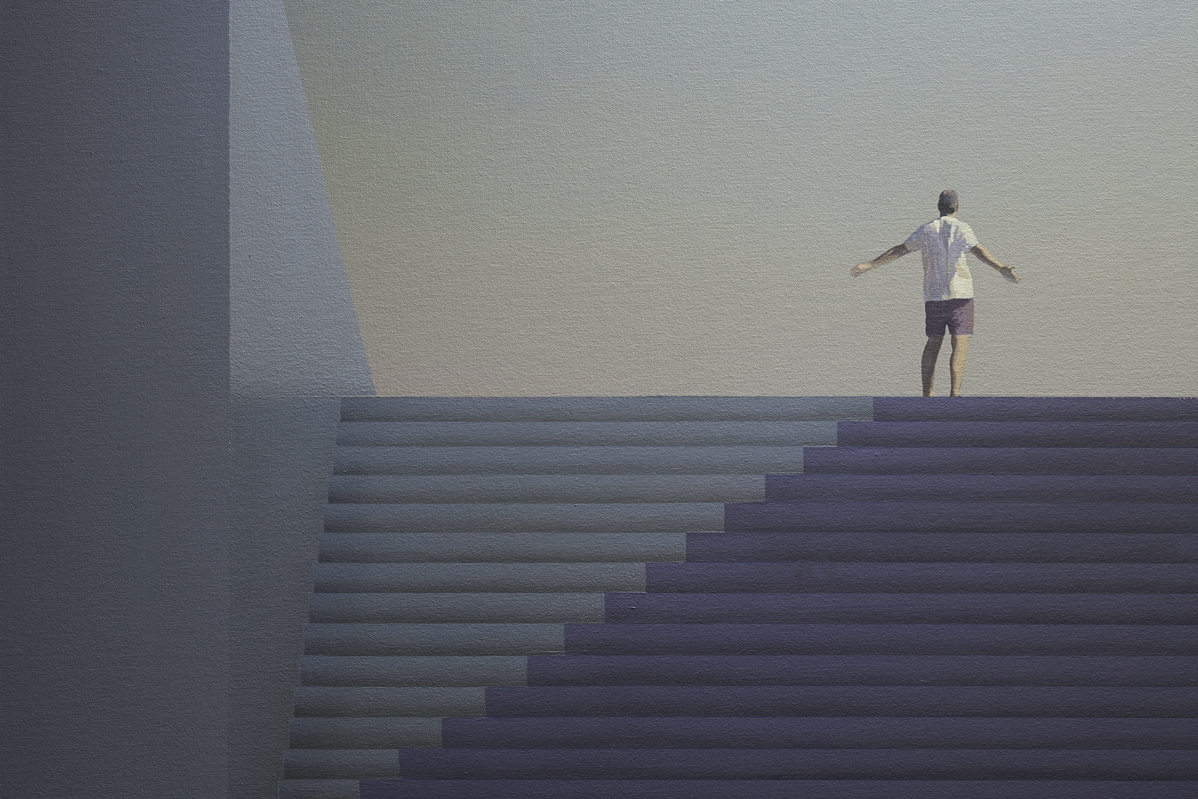
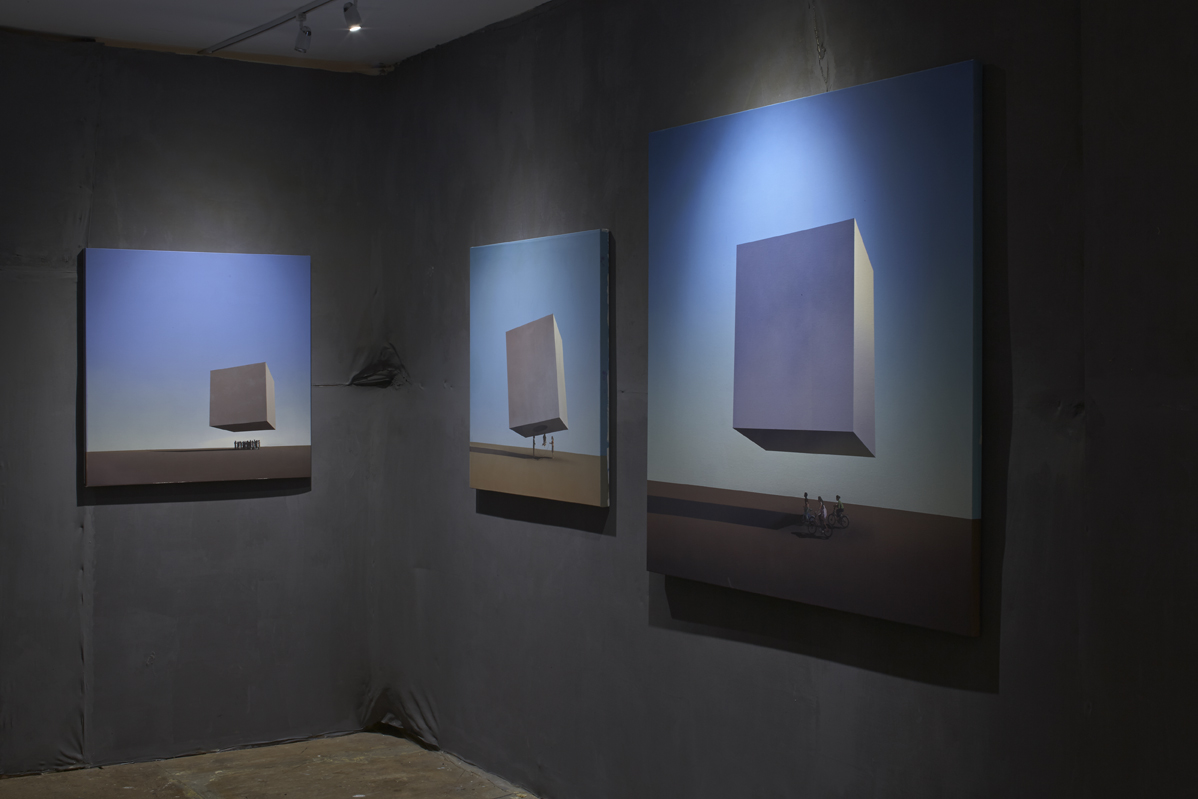
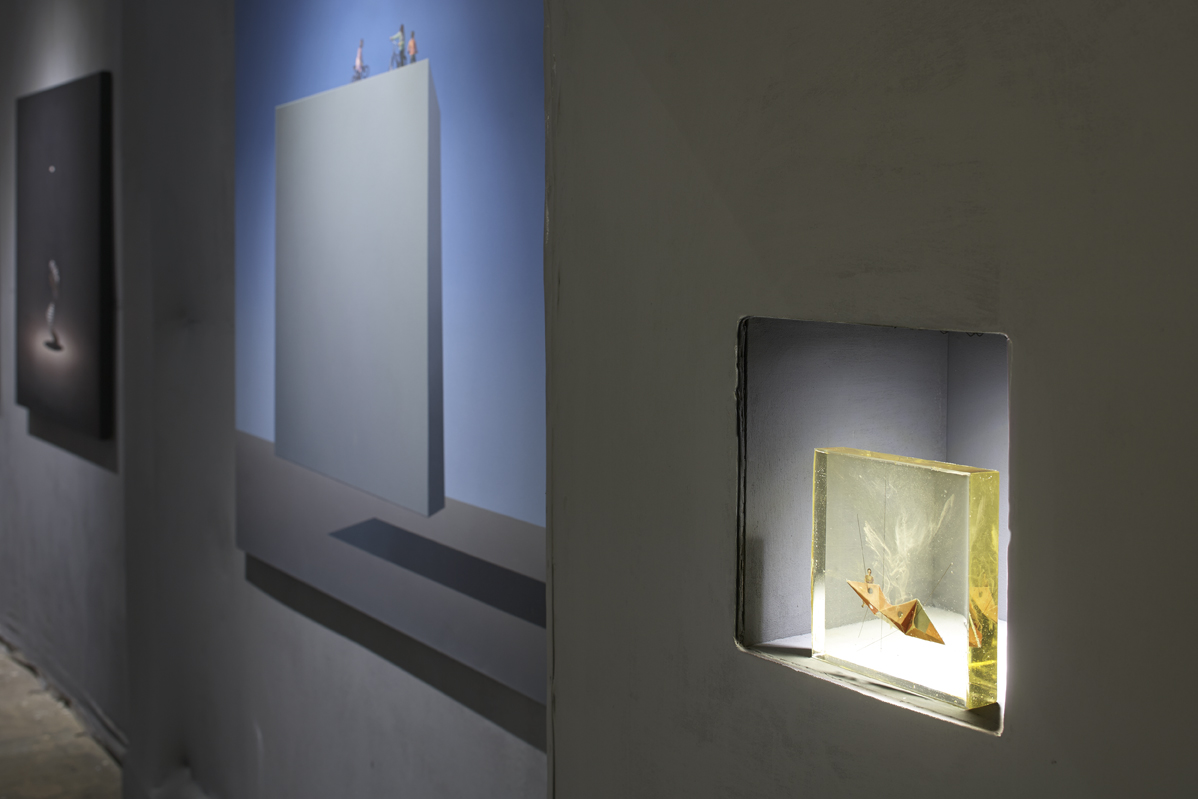
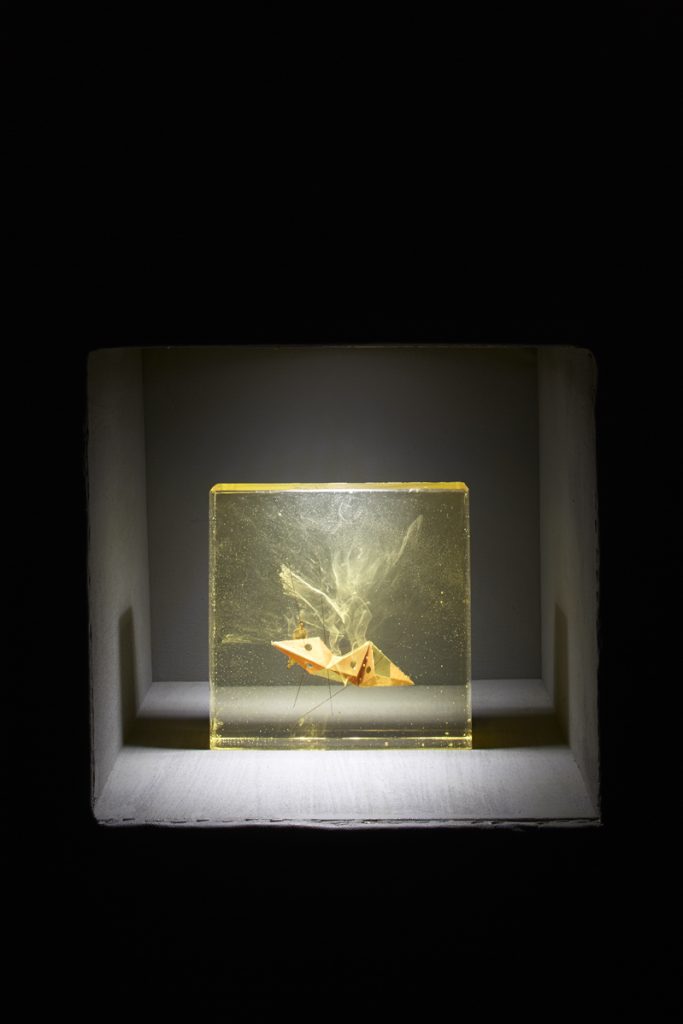
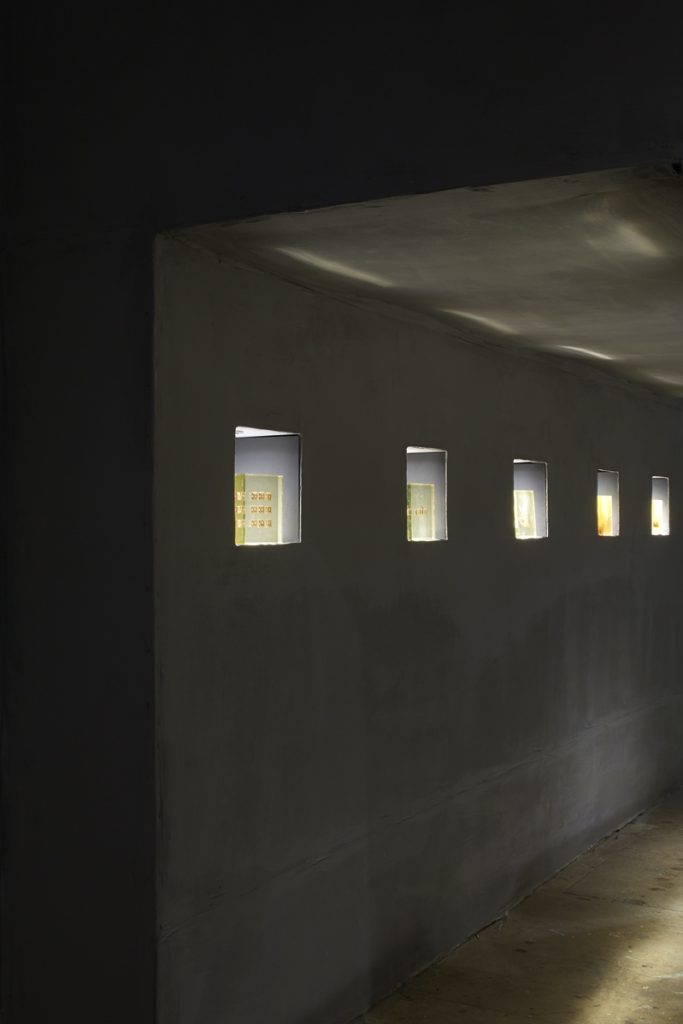

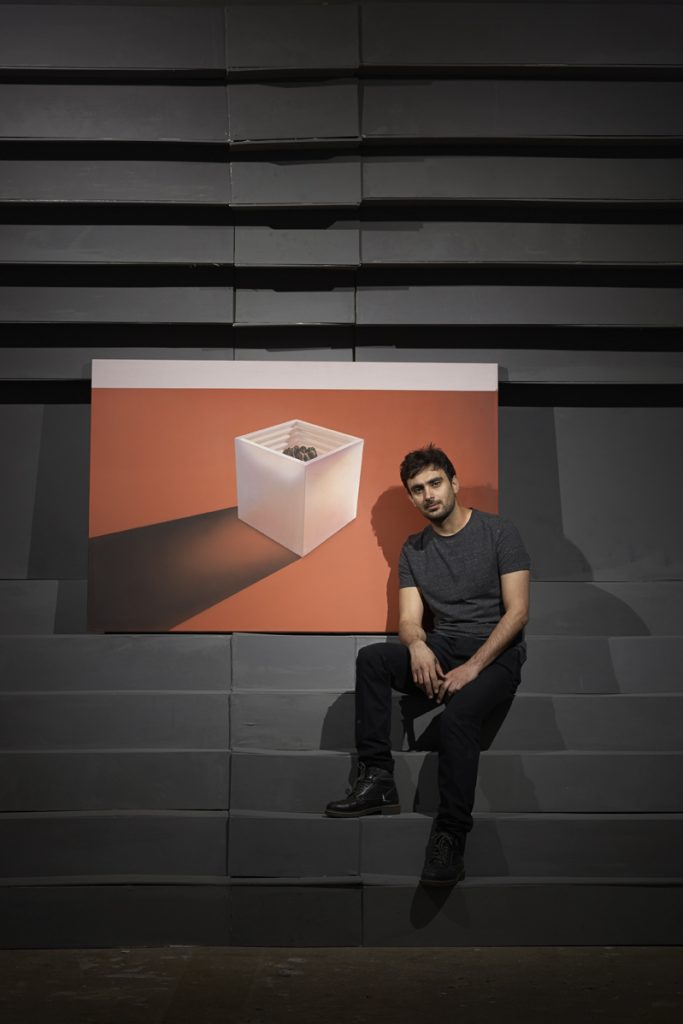
Perception
Mehdi Ghadyanloo
London, 2015
Mehdi Ghadyanloo is a visual artist from Tehran, Iran. For the past eight years, Ghadyanloo has been involved in the Beautification Bureau of Tehran’s municipality which is devoted to the promotion of mural arts in the city. A city that has been politically and economically isolated by Western powers for decades, Tehran is largely closed to international visitors. Known primarily through the lens of war, sanctions and embargoes, most Westerners would assume that mural art in Iran’s capital is very limited in its scope. Subverting this notion, since 2004 Tehran’s Beautification Bureau has supported the painting of 800 murals, more than 100 of which have been painted by Ghadyanloo.
Ghadyanloo’s murals are part of the fabric of the city. Their expansive scale and central location dominate the visual landscape of contemporary Tehran, a metropolis that is ranked 82 among the 1099 worst-polluted cities in the world, according to the latest World Health Organization census. For Ghadyanloo, the purpose of street art is to ‘beautify’ this grey and polluted city. Through the use of optical illusion, he portrays impossible scenes and gravity defying figures from radically altered perspectives. His escapist, surreal imagery aims to project an image of a utopia on the walls of the city, bending reality to provide a shared public space for dreaming.
Ghadyanloo’s work offers an insight into the everyday lived experience of Iranians. Ghadyanloo encapsulates a sense of suspension in the life experience of most Iranianswhose lives are dictated by outside forces and their future always uncertain.
This characteristic is all the more palpable in Ghadyanloo’s paintings on canvas which draw out a different, far darker side to his practice. Empty landscapes and architectural forms are painted in a somber, muted palette and inhabited by floating objects that cast a menacing shadow on the people depicted beneath them. Impersonal machines and geometric forms dominate, creating a sense of unease. An expression of a failed utopia is perceived through the minimalism of these works; simplicity obscures a more complex exploration of the concept of time and space, preventing us from both remembering the past and envisioning the future.
Ghadyanloo takes us to the heart of a country that is often misunderstood and misinterpreted. He makes us aware of a human condition that could be both universal and unique to post-revolutionary Iran. In a society in which the bounds of acceptable discourse are severely limited by the state, Ghadyanloo’s work provides an insight into an impenetrable Iran, revealing a struggle and a desire for expression. Above all, his works carry through to a wider exploration of the human condition and life – universal themes of hope, anticipation, loss, and sadness abound in his work.
Perception features original works and a sculptural installation exploring the concept of time and space through perspectival illusion. Ghadyanloo’s practice is also analysed through an accompanying publication that will include essays and interviews by the curator and leading scholars on Iranian art.
